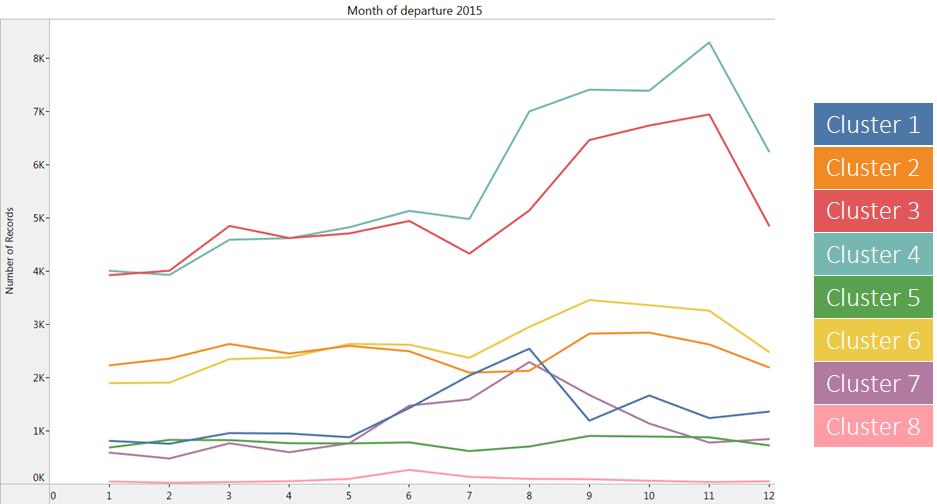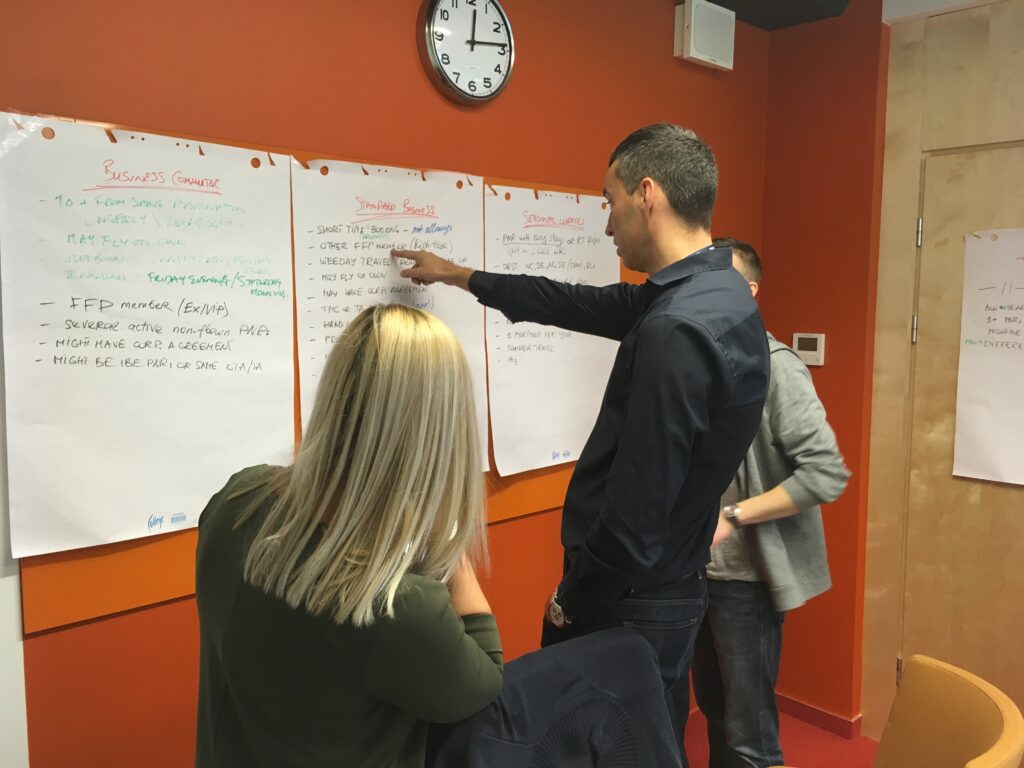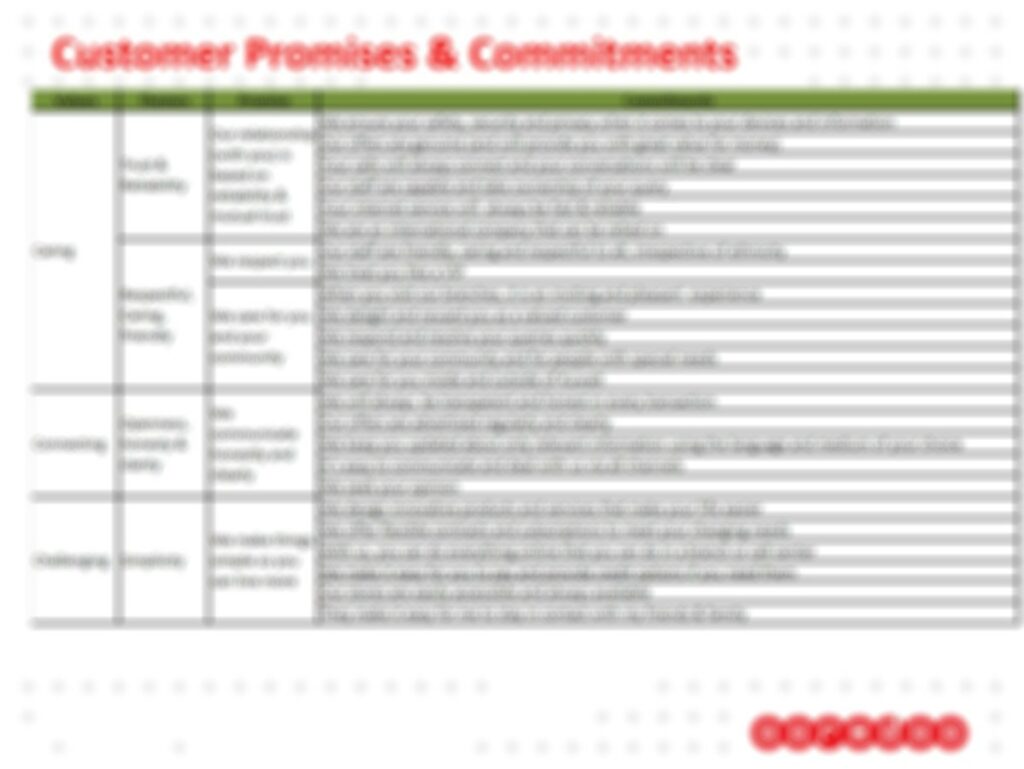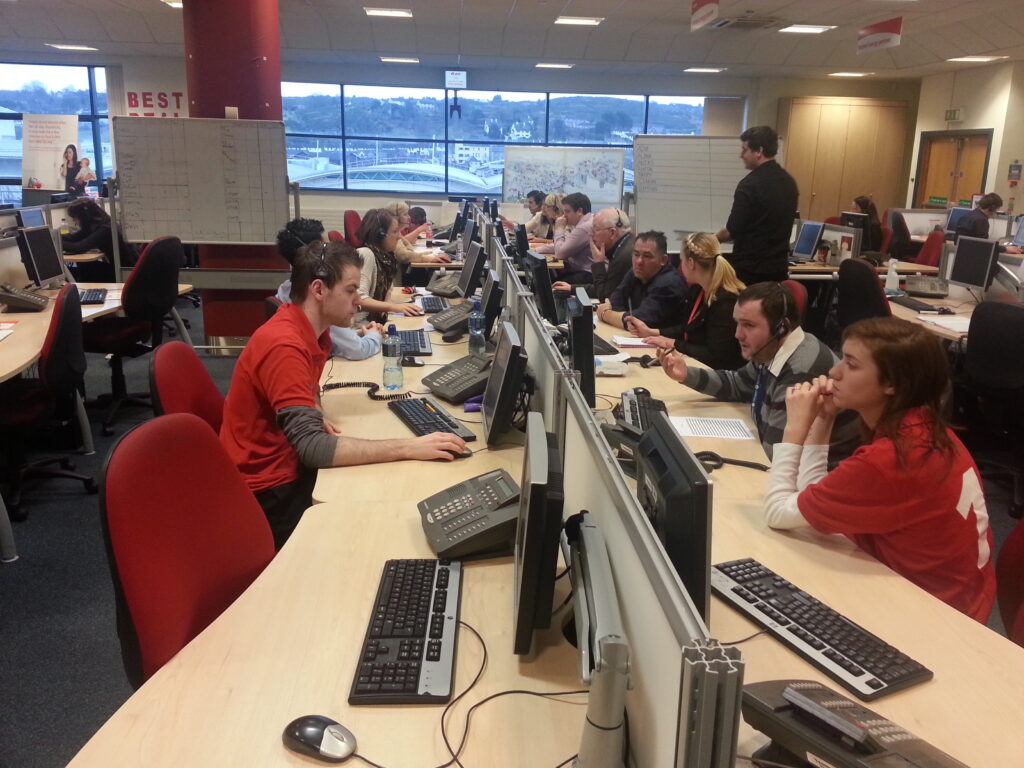SHORTCUTS
Scope: Clustering & Segmentation
Year: 2017
AirBaltic was keen to understand more about the make-up of their customer base in order that they develop segments that could be utilised across their Sales & Marketing activities, including customer treatment and merchandising. We worked alongside Amadeus and AirBaltic to undertake unsupervised clustering and segmentation exercises. This was one of our most exhausting Customer Experience Case Studies, with the entire project turned around in a matter of three weeks.
The first step was to carry out a Theoretical Segmentation workshop, which took place at AirBaltic’s head offices in Riga, Latvia.
THEORETICAL SEGMENTATION WORKSHOP

The purpose of the workshop was to establish a preliminary understanding of the customer segments that AirBaltic believed they had.
STEPS
The three steps of the workshop were:
- Theorise the segments – AirBaltic theorised that they had ten different key customer segments by purpose of travel
- Describe the behaviours of each of these segment – e.g. Holiday Makers – travel for 10 – 14 days, in small groups of 2 – 6, often with adult of different gender and 2 – 3 children with same surname, generally flying economy, booking 3 – 6 months in advance of travel, etc. Weekend Breakers – travel for 2 – 4 days over the weekend, travel in very small groups of 2 – 3 young adults, generally flying economy, booking 7 – 10 days in advance of travel, etc.
- Name variables that would help to identify these behaviours in the data – The airline booking record (known as PNR) has hundreds of different data fields that could be utilised to identify these behaviours
These data variables are then prioritised and fed into an:
UNSUPERVISED CLUSTERING EXERCISE
This is a machine learning technique that identifies naturally occurring clusters of customers based on the nature of the data variables utilised


This exercise produced 8 naturally occurring clusters that we then had to go through the process of matching to the segments that had been originally been theorised.
This was done through a:
CLUSTER TO SEGMENT MATCHING EXERCISE (segmentation through cluster interpretation)
We compared the 8 identified clusters to the 10 theorised, noting:
- Three of the ten theorised segments didn’t show/ were not significant– subsumed in other segments
- Seven of the theorised segments matched six of the clusters – two of the theorised segments were so close in terms of described behaviour, they belonged together
- Two clusters that occurred were not originally theorised – had to be interpreted without the benefit of a theory – only one was a genuine commercial segment
Major North American Airline
Scope: Personae Building & Customer Journey Mapping
Year: 2018
This major North American airline conducted a Personae Building and Customer Journey Mapping exercise as part of a major IT transformation programme. This included the implementation of a new CRM system.
The airline had already undertaken two key exercises prior to our involvement, namely the creation of a Customer Journey Framework and an Unsupervised Clustering & Segmentation exercise. This is probably the most satisfying of our Customer Experience Case Studies, as having a client so well prepared made the rest of the process so much easier to manage.


PERSONAE BUILDING
Before a Customer Journey Mapping exercise could be conducted, the segments generated needed to be converted into personae, as we needed to provide a layer of emotional detail to the customer segments to enable the journey mapping participants, namely front-line teams, to be able to easily ‘recognise’ those profiles from a combination of rational and emotional information.

CUSTOMER JOURNEY MAPPING
With the personae generated, we then began the customer journey mapping exercise, personae by personae, following the structure of the journey mapping framework. It took three days of workshops to generate the required level of detail for the four personae across all stages and touch-points across the journey.

The Customer Journey Mapping exercise facilitated the identification of over one-hundred critical touch-points (i.e. Pain Points, Moments of Truth, Wow Moments and Commercial Opportunities) across the journeys of the four personae.

Scope: VoC & Customer Journey Mapping programme
Year: 2013/14
This major six month Customer Experience Transformation programme tied into a brand transition exercise by the parent company, moving the well-known Kuwaiti national brand ‘Wataniya’ to the international parent brand ‘Ooredoo’. This is the most detailed and exhaustive of all of the Customer Experience case studies.
Although the programme largely centred around VoC & Customer Journey Mapping, it covered a wide range of activities supporting the brand transition and customer experience transformation exercises.
EXERCISES
- Creation of a Customer Journey Framework – of relevance to this sector
- Segmentation – by gender, age & ethnicity
- Voice of the Customer Focus Groups – to understand customer expectations
- Brand Personification
- Quick Fix Programme
- Qualitative to Quantitative filtering & screening – conjoint analysis
- Voice of the Customer Survey
- Voice of the Customer analysis – identification of key drivers of satisfaction, churn, repurchase intention, etc. though multiple regression analysis of the VoC survey data
- Customer Journey Mapping – using the data from the VoC survey,plotting importance & performance scores across different touch-points of the customer’s journey
- Voice of the Employee analysis – from annual VoE survey data
- Competitive Positioning
- Customer & Employee Promises & Commitments
CUSTOMER JOURNEY FRAMEWORK
The programme started with the creation of a Customer Journey Framework, detailing the generic stages and touch-points of a customer journey. This framework provided the structure for the VoC and Customer Journey Mapping activities.
FOCUS GROUPS
- Customer VoxPops
- Brand Personification
- Qual. to Quant. filtering for VoC
CUSTOMER VOXPOPS
With the Customer VoxPops, attendees spoke directly to the camera, telling the senior management team their impression of the business.

BRAND PERSONIFICATION
The Brand Personification exercise compared the Wataniya brand to its competitors through the process of personification, applying human traits to each of the brands.

CONJOINT ANALYSIS
The Qual. to Quant. exercise takes the data relating to expectations from the Focus Group activity and filters and prioritises it (using Conjoint Analysis) for use in the VoC survey activity.
The output of VoC survey was analysed in detail, providing the information required for the plotting of the Customer Journey Mapping, Competitive Positioning and the creation of the Customer Promises & Commitments Statement.
CUSTOMER JOURNEY MAPPING

COMPETITIVE POSITIONING
CUSTOMER PROMISES & COMMITMENTS
IDEATION
The final step was Future Journey Mapping / Ideation, identifying changes and solutions to meet the issues raised from the Current Customer Journey Mapping exercise.


Scope: Personae Building & Ideation Workshop
Year: 2018
LOT was considering its IT business requirements, including the specification of a CRM system, and wanted to understand more about their customers’ needs so that they could define these requirements more effectively through an Ideation workshop. LOT had already undertaken Theoretical Segmentation and Customer Journey Framework design activities, so these were utilised for the purpose of the exercise.
This was the quickest of all Customer Experience Case Studies, with the entire project taking no more than a few days to complete.



PERSONAE BUILDING
From the Theorised Customer Segments, we developed detailed Personae.

IDEATION WORKSHOP
And the Personae were used to run a Customer Journey based Ideation workshop.

Scope: Demand Management & Communications Training
Year: 2013
All utility providers were under pressure from the regulator to improve the service performance of their customer facing teams, especially from a call centre perspective. We worked with the Residential Contact team, focusing on:
- Process Re-engineering for their main 6 key demand types – creating new Conversation Guides
- Communication training – training the key communication principles built into the guide to embed the Conversation Guides
This is the most pragmatic and operational of all of the Customer Experience case studies.
CONVERSATION GUIDES
THREE KEY COMMUNICATION PRINCIPLES
…provided the central themes of the training to embed the Conversation Guides.


















